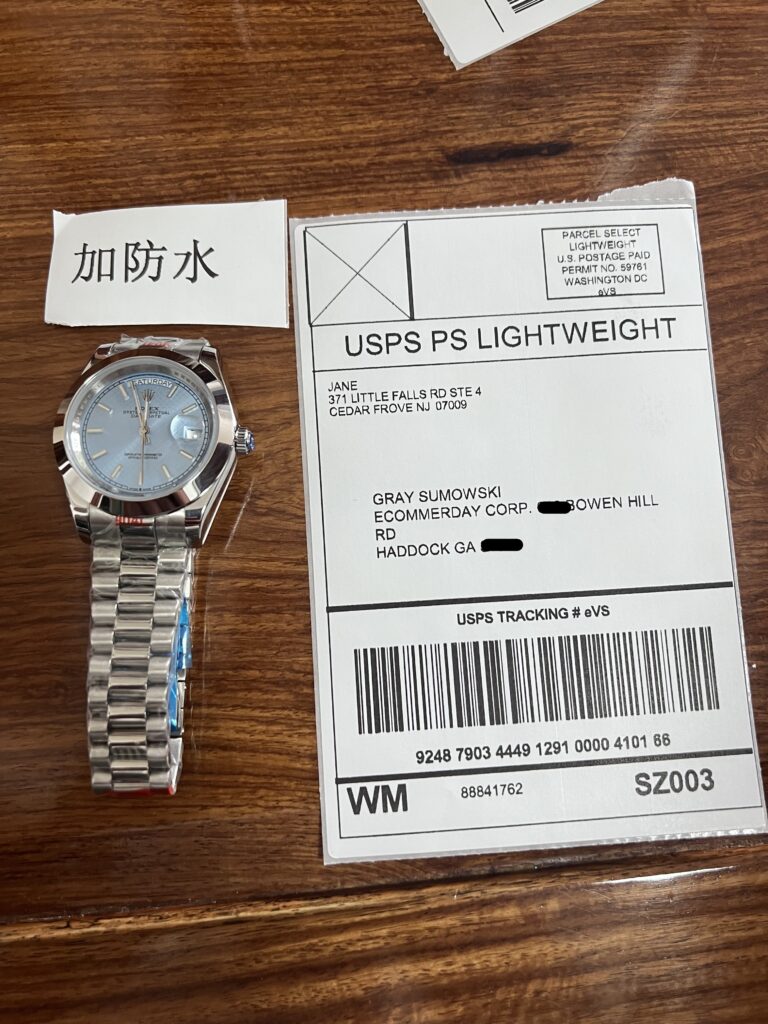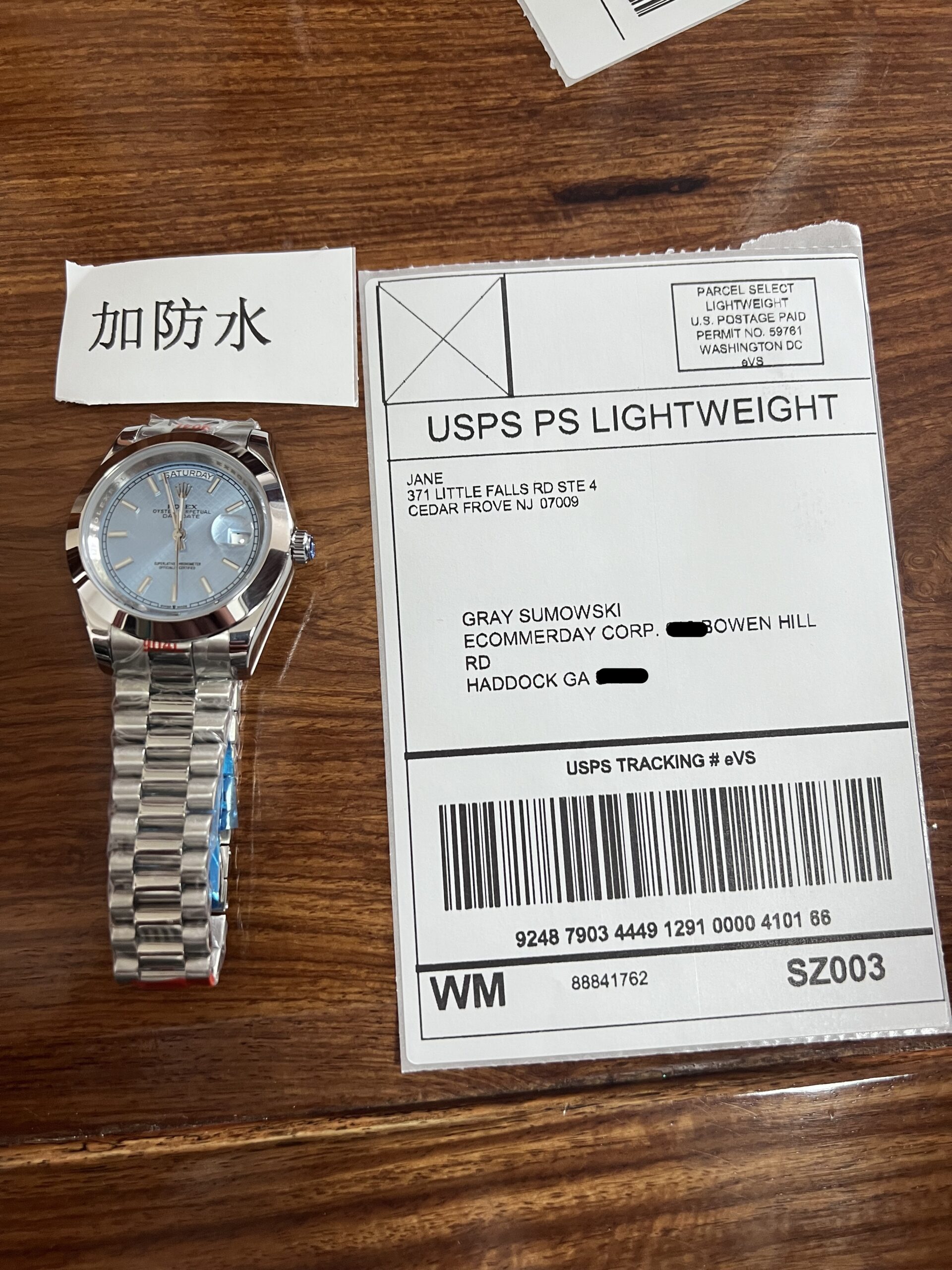Swiss watchmakers produce roughly 25 million authentic timepieces annually, a figure dwarfed by China’s output of approximately 663 million watches. Within this staggering Chinese production lies a shadow industry: the illicit manufacture of replica watches. This clandestine trade thrives on copying the world’s most prestigious brands, creating a multi-billion dollar global enterprise built on deception. But why are certain luxury icons relentlessly counterfeited while others escape notice? Who seeks out these imitations, and what drives their choices? More crucially, how can one navigate this murky market to guarantee authenticity?
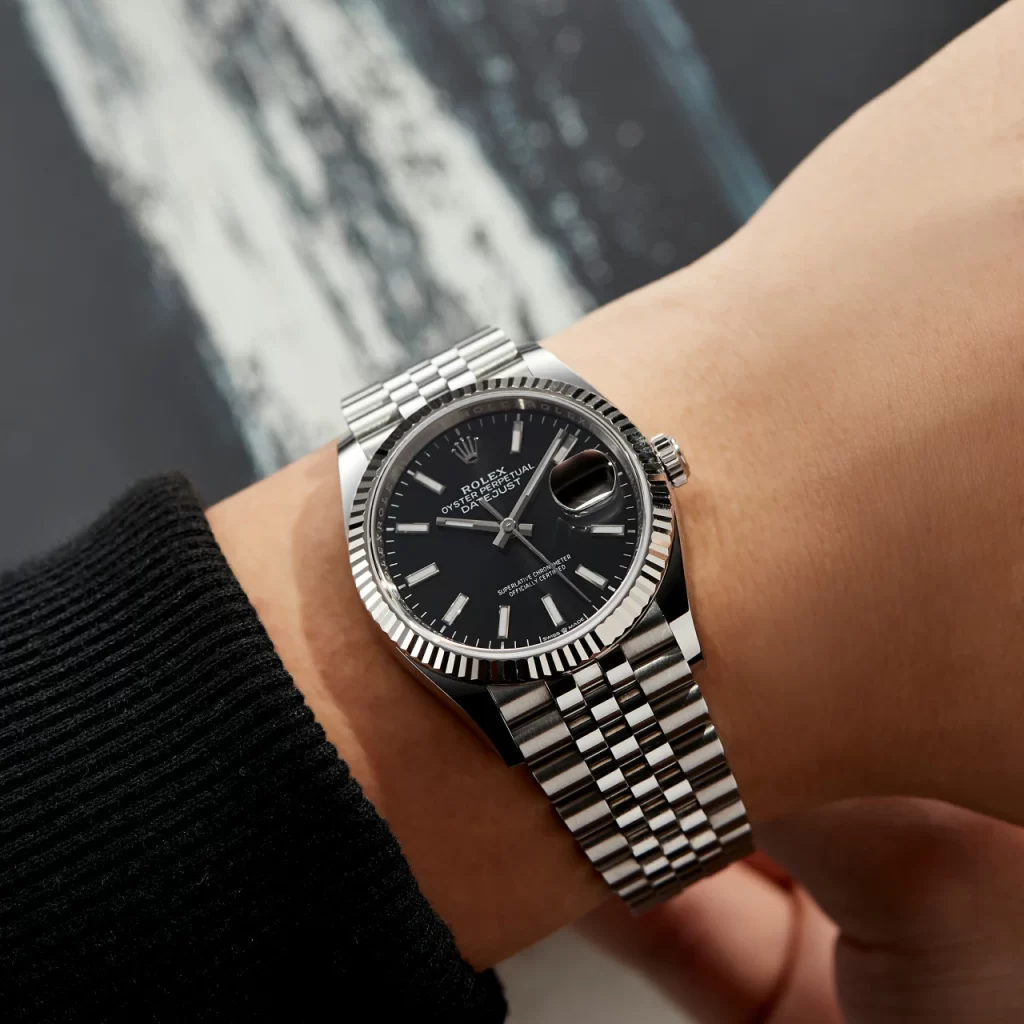
Consider the perspective of one replica enthusiast, who spoke candidly on condition of anonymity. He recounted his initial foray into replicas, driven by practicality rather than deception. “A Panerai Luminor Marina captivated me,” he admitted, “but its $6,800 price tag demanded certainty about its fit and comfort. I reasoned that wearing a replica for a week would provide the answer.” He purchased the imitation for $55. “The genuine article is stunning, but after that week, I confirmed it was simply too large and unwieldy for my wrist.” For him, the replica served as a cost-free trial, saving a significant investment in a watch he ultimately wouldn’t have worn. This pragmatic justification, however, skirts the ethical complexities inherent in the replica trade.
The sheer volume of replica sales points to a vast, engaged audience. Potential buyers spend considerable time scouring online marketplaces, platforms where Swiss manufacturers assert these fakes possess zero intrinsic value. The legitimate industry suffers colossal revenue losses annually due to counterfeiting, though this calculation assumes replica buyers would otherwise purchase genuine luxury items – a highly debatable premise. Authorities periodically stage dramatic crackdowns to underscore the illegality. A notorious 2010 example saw U.S. Customs steamroll 7,000 fake Rolex watches, a symbolic act reinforcing the nation’s stance against intellectual property theft. This particular raid, stemming from the discovery of 24,000 additional fakes and parts for a million more in one home, resulted in a $2.2 million penalty and a six-year prison sentence for the perpetrator.
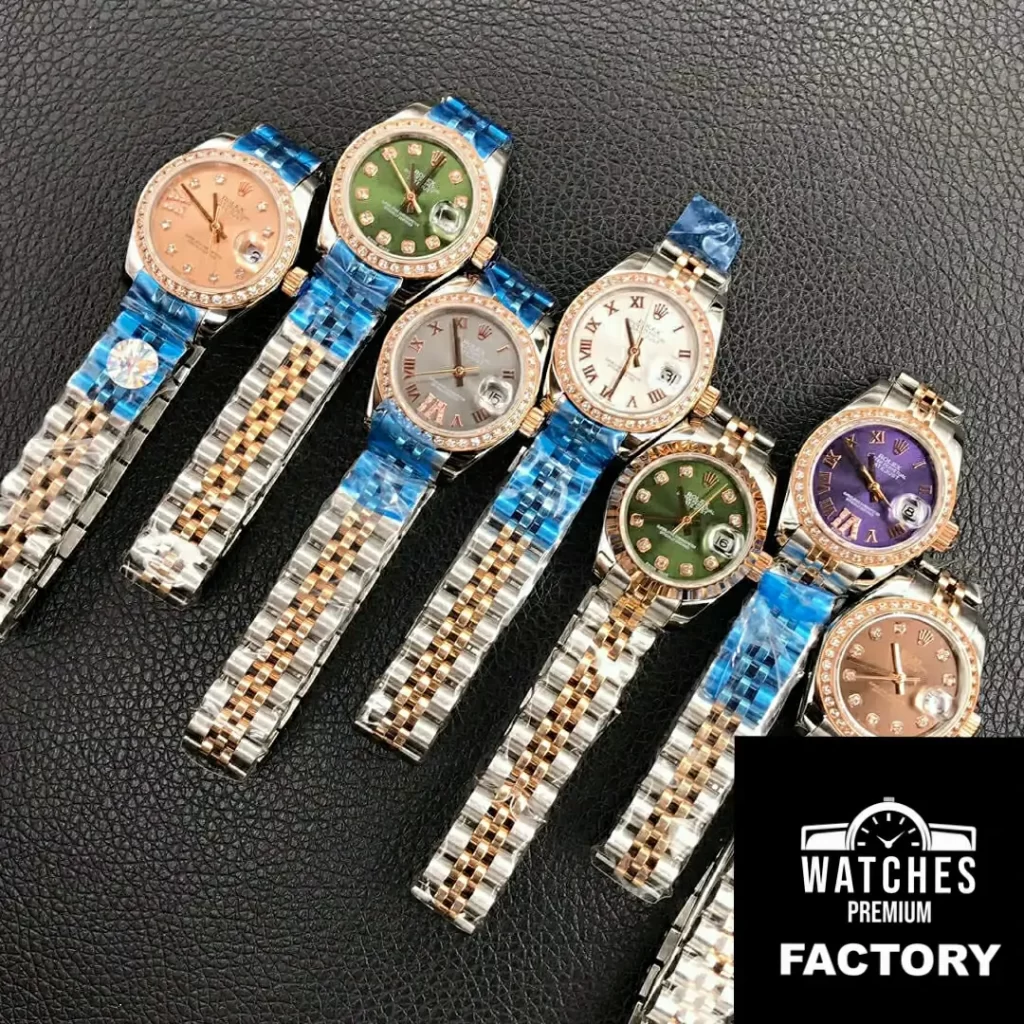
Counterfeiters operate purely on profit motive. They target brands with the highest global recognition and desirability, focusing exclusively on luxury timepieces where the genuine article commands a premium price. This strategy avoids direct competition with legitimate manufacturers for the same customer base; replica buyers and authentic watch collectors inhabit distinct market segments. Consequently, brands like Rolex, Audemars Piguet, Panerai, Breitling, and Omega dominate the counterfeit landscape. Rolex, frequently cited as the most counterfeited watch brand globally, shares this dubious distinction with luxury goods giants like Cartier and Hermès. Ironically, some luxury watch executives perceive widespread counterfeiting as a perverse validation of their brand’s cachet. Jean-Claude Biver, former CEO of Hublot, reportedly viewed the frequent confiscation of fake Hublots as evidence of the brand’s market triumph.
Replica watches permeate the global marketplace. While primarily originating in China, they surface in virtually every major city worldwide – New York’s Canal Street, Hong Kong’s Tsim Sha Tsui, London’s Petticoat Lane, Kuala Lumpur’s Sungai Wang. Yet, the internet reigns supreme as the primary distribution channel. While platforms like Amazon and eBay host brands like Invicta (legitimate homage watches, not illegal fakes), a vast network of dedicated replica sites flourishes. These sites often brazenly advertise their wares, luring buyers with impossibly low prices that signal their illegitimacy. Claims of “undetectable” fakes fooling experts are standard, yet uniformly false. These websites exhibit remarkable resilience, swiftly reappearing under new domains when shut down.
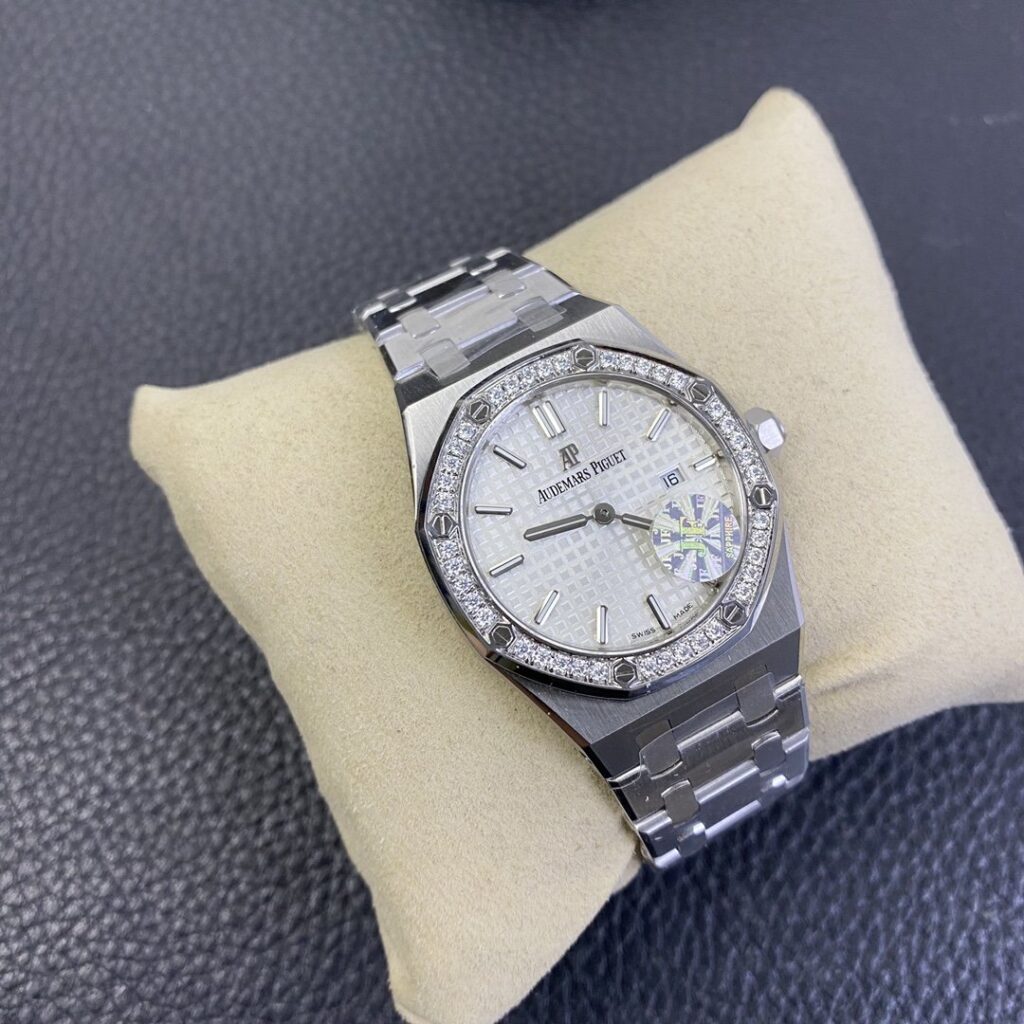
The story of the anonymous Panerai replica buyer concluded with its disposal. “After a week, lunching with a friend who admired it across the table, I offered it to him,” he recounted. Feigning care with the buckle, he handed over the watch. His friend, believing it genuine, initially protested the perceived value before accepting the ‘gift’. The owner then revealed the truth, pointing out the telltale flaws: a crown disproportionately small for a genuine Panerai, a stiff, machine-stitched strap instead of supple hand-stitched leather, and a flimsy crown lock bar nearing failure. It was, he noted, a decidedly unconvincing imitation.
Beyond outright fakes lies the curious realm of “Frankenwatches.” Named after Mary Shelley’s stitched-together monster, these timepieces are assembled from a disparate mix of components – some genuine, some counterfeit, some salvaged from other watches of unknown origin. The result can range from a plausible facsimile of a rare vintage piece to a grotesque mismatch. Opening the case back reveals the truth: mismatched movements, non-original parts, or shoddy craftsmanship. One collector learned this harshly after entrusting his 20-year-old Rolex Submariner to a local jeweler for service. The watch returned with suspiciously new, shiny hands. Upon questioning, the jeweler admitted using cheap aftermarket parts, discarding the original, perfectly patinated hands that matched the dial’s aging. The cherished dive companion, a witness to decades of underwater adventures, was irrevocably transformed into a Frankenwatch. The lesson is stark: entrust valuable timepieces only to manufacturer-authorized service centers, specifying precisely what work is permitted.
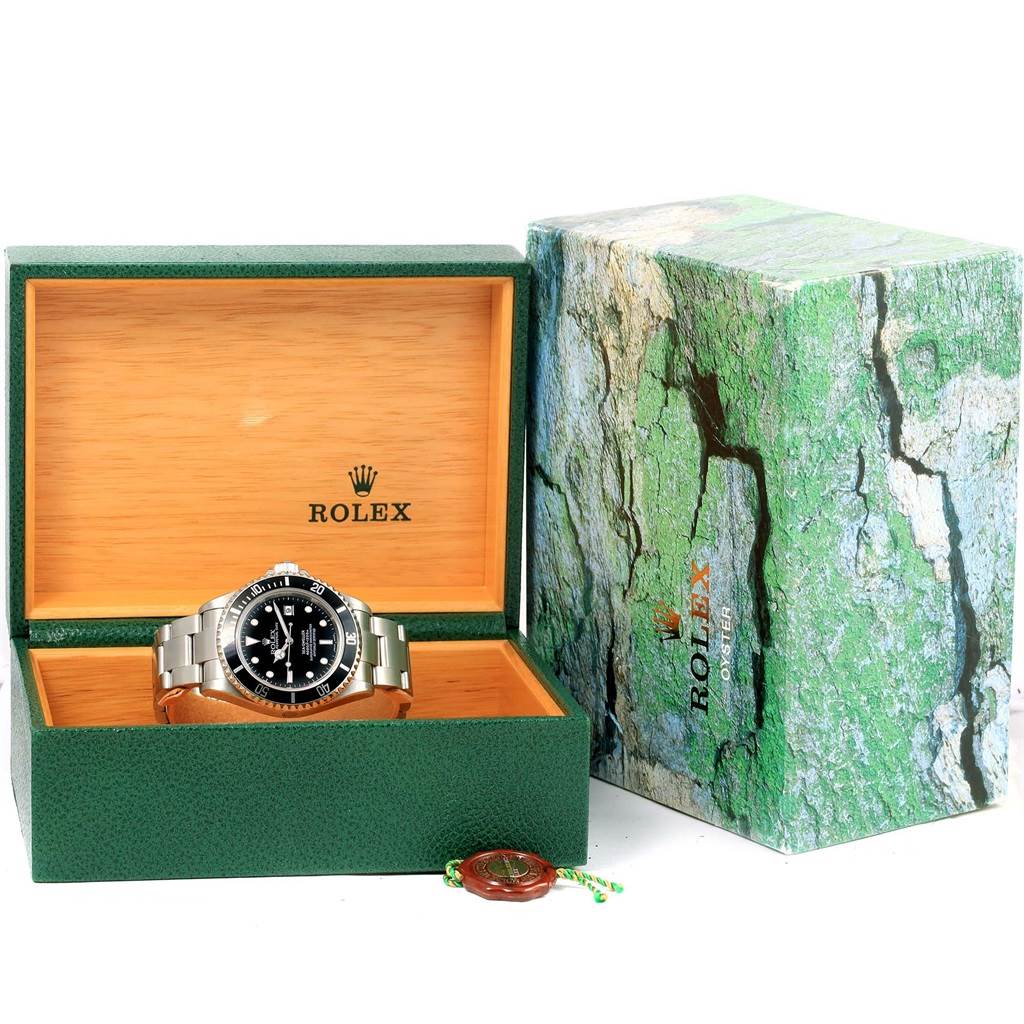
The motivations driving replica purchases are complex. Buyers fall into distinct categories. The first includes individuals who can afford the genuine article but choose replicas for specific, often personal, reasons. A telling example involves a client who owns a fleet of luxury yachts yet wears a blatantly fake Rolex Yacht-Master. “It was a Father’s Day gift from my children,” he explained. “Not wearing it would hurt them. Besides, it keeps decent time – it’s quartz!” For him, the replica serves sentimental value, outweighing its lack of authenticity.
The second category comprises the unsuspecting victims – an endangered but persistent group. These “Unvics” become inadvertent billboards for counterfeit luxury goods, believing they possess authentic items. They often purchase from dubious sources – street vendors, non-authorized dealers offering implausible discounts – unaware that true luxury brands maintain strict retail controls through boutiques and authorized dealers in upscale locations. A little research is a powerful shield. Reputable sources like aBlogtoWatch and Bob’s Watches offer detailed guides on spotting fakes. Consulting a knowledgeable, trusted advisor is essential when venturing beyond authorized channels. An anecdote illustrates this: accompanying a client to an IWC boutique in Hong Kong ensured a seamless, authentic purchase experience, complete with meticulous verification (matching serial numbers on watch, tags, and box) and the confidence of buying genuine at near-retail price.
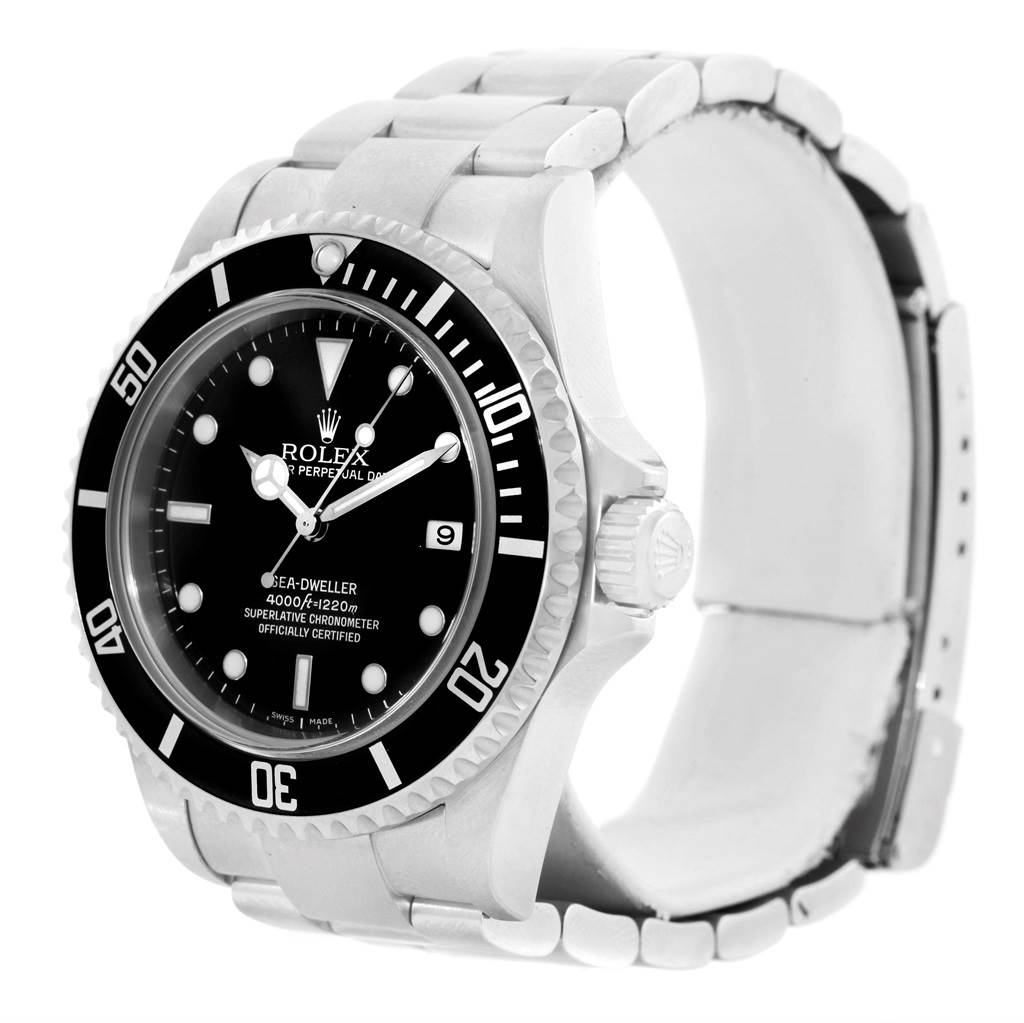
The third category, “Bling,” is defined by deliberate deception. Unlike the sentimental yacht owner, Bling seeks to project wealth and status far beyond their actual means. They knowingly purchase replicas to impress, fully aware of the fraud. If exposed, they feign outrage, threatening lawsuits against the supplier, but the performance is hollow. The replica is merely a prop in their act. A more defensible variation exists among the genuinely wealthy or famous who wear replicas in high-risk public settings for security, reserving their authentic pieces for secure, controlled environments. Conversely, flaunting genuine luxury carelessly invites disaster, as evidenced by Kim Kardashian-West’s infamous $10 million Paris jewelry heist. Her online boasts about wearing only real jewels provided criminals with a detailed roadmap. Similarly, Lady Gaga caused significant offense in Thailand by tweeting her desire to buy a “fake Rolex” upon arrival, demonstrating a stark insensitivity to the local context where counterfeiting is linked to criminal networks. Her subsequent concert suffered a major boycott.
The illegality of replica watches stems fundamentally from intellectual property theft. Counterfeiters brazenly steal trademarks, logos, and distinctive design elements (known as “trade dress”) that legitimate manufacturers have invested heavily to develop, register, and protect. While patents and copyrights offer limited barriers, trademark infringement provides the strongest legal recourse. If a fake watch bears the genuine manufacturer’s protected trademarks and causes consumer confusion regarding its origin, the maker can pursue significant legal penalties. Crucially, removing all brand names and distinctive logos technically transforms a counterfeit into a merely “homage” watch, though legal lines can remain blurry.
Is there such a thing as a “good” replica? Does a higher price guarantee better quality? The resounding answer is no. Replicas range from a few dollars to several thousand. The difference often lies only in how difficult they are to immediately identify. Cheap fakes betray themselves instantly: wrong metal tones, exhibition casebacks on models like Rolex that never have them, glaring misspellings on the dial. Higher-priced counterfeits might mimic the genuine weight (sometimes using hidden lead weights), boast decent external finishing, and include convincing fake paperwork, boxes, and tags. However, opening the case back inevitably reveals the fraud: unfinished movement parts, incorrect decorations, or cheap pot metal instead of precious metals. No replica achieves the craftsmanship, longevity, or intrinsic value of the authentic item it apes.
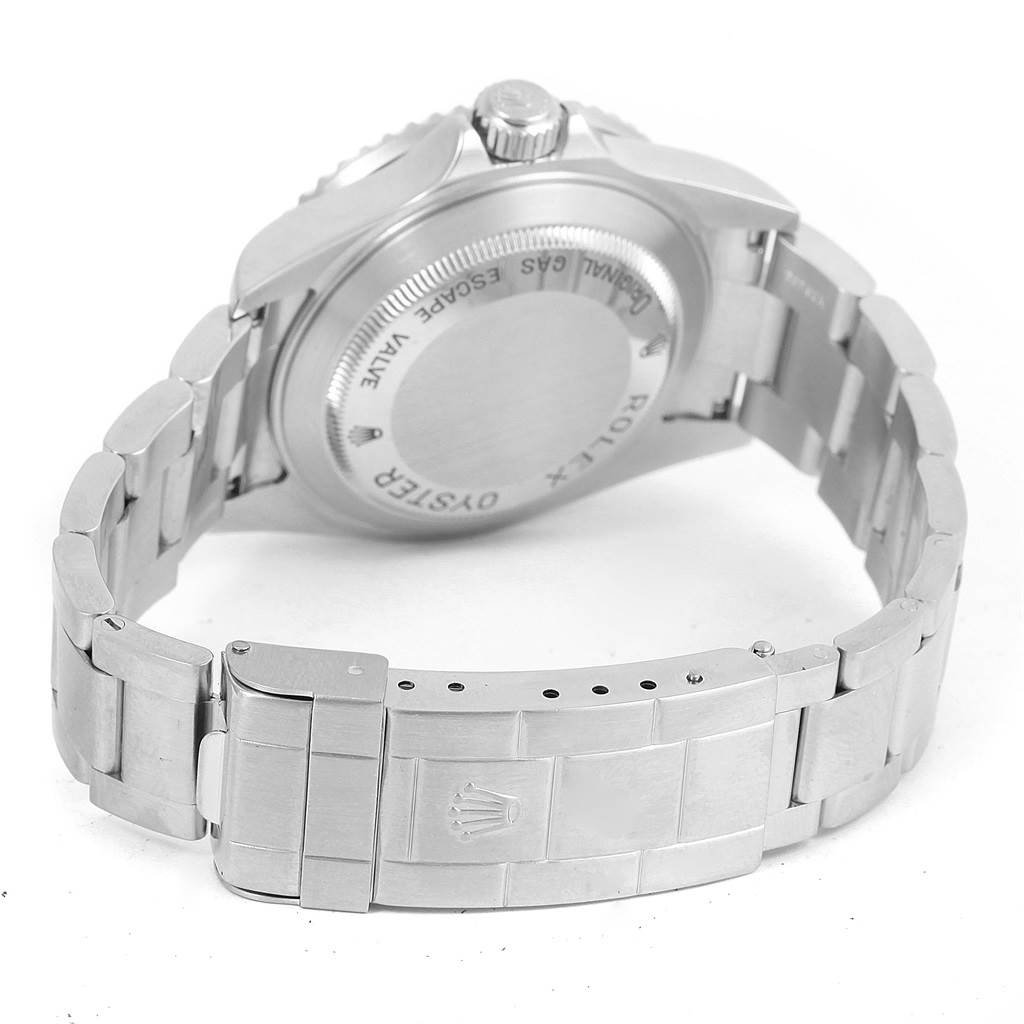
Replica vs. Authentic: The Balance Sheet
Replica Perceived ‘Advantages’:
Low initial cost relative to the genuine article.
Disposable nature – simply discard if it fails.
Potential (though ethically dubious) “try before you buy” justification.
Replica Disadvantages:
Inherently illegal, carrying risks of fines and imprisonment.
High probability of eventual discovery and resulting humiliation.
Directly harms legitimate manufacturers, employees, and retailers.
Supports criminal enterprises often exploiting labor (including child labor) and using hazardous materials.
Perpetuates personal deception and undermines genuine appreciation for horology.
When confronted, the buyer categories react differently. The affluent buyer with a specific reason might readily admit the replica and justify it. The Unvic, mortified by their own gullibility, might hesitate to admit being fooled. Bling, however, will vehemently deny the truth until irrefutable evidence forces a blustering deflection.
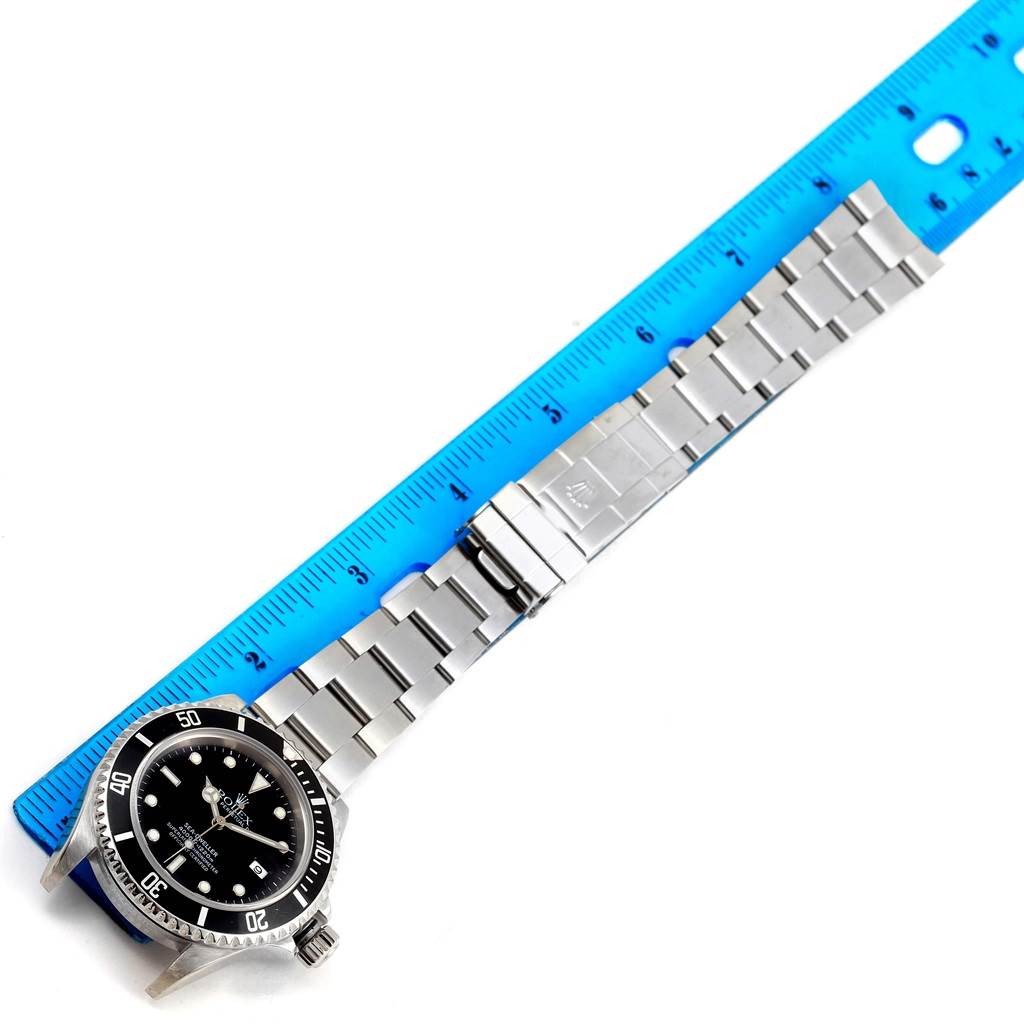
While replicating a complex mechanical watch demands considerable skill, the dark realities of the counterfeit trade – exploitation, criminality, and intellectual property theft – utterly negate any technical admiration. As watch professionals and serious collectors affirm, true satisfaction lies in owning genuine items that reflect one’s authentic style and values, acquired through legitimate means. A replica might deceive onlookers momentarily, but the wearer always knows the truth beneath the facade. In the succinct words of the Fondation de la Haute Horlogerie (FHH): “Fake watches are for fake people.” The allure of the illusion ultimately diminishes the wearer far more than the timepiece.
